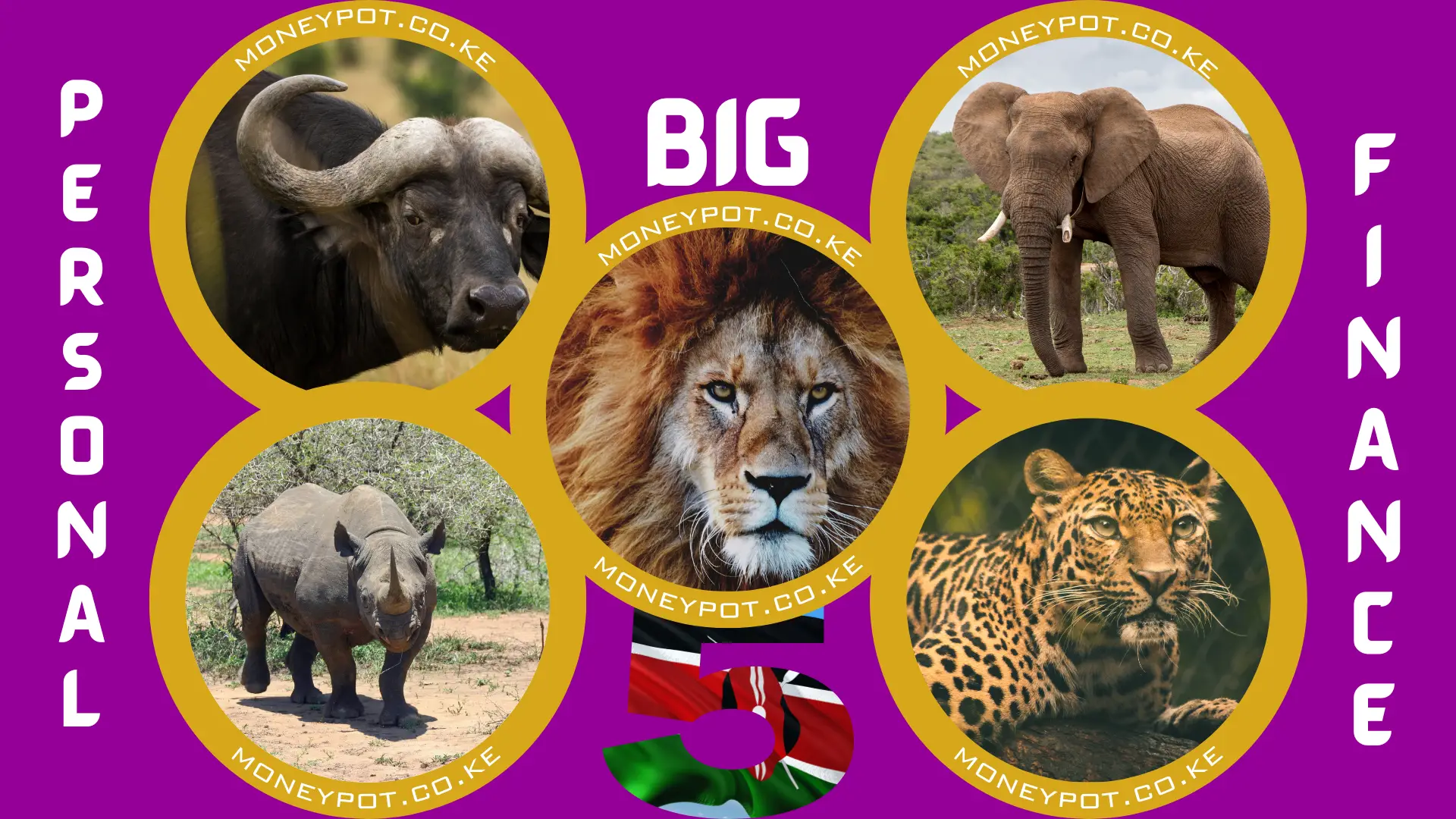“I got to know Solomon through my older sister, an entrepreneur, she pushed me to give a shot at financial coaching. However, I had initially believed that as a university student, it was too soon for me to begin financial advisory and that it was something to consider when out of college. Eventually, I conceded to my sister and agreed to organise my first session. I thought I was signing up for a finance course, where I would have a teacher telling me what I could and couldn’t spend my money on – I was very wrong.
In our first few sessions, Solomon helped me uncover a lot about the relationship I have with my money and also helped me discover how I could improve that relationship. As the course progressed, I realised he is more of a coach and an advisor. In figurative terms, Solomon supplies you with a pen, paper, and eraser, and then lets you start drawing the map for your financial journey.
At first, my spending habits were erratic and spontaneous; over time, I began to appreciate the importance of saving and goal setting. Solomon showed me that spending money was not a cause for guilt or judgement; but rather an opportunity to learn from habits and develop new positive habits. In my time with Solomon, rather than teaching me how to manage my money, I learned how to make my money work for me.
At the end of every month, I used to ponder the same thing as countless others: “Where did all my money go?” I discovered that how I perceive how and what I spend my money on is entirely up to me. That is, realising the value of my money and knowing where it is, where it has been, and where I want it to go.”







